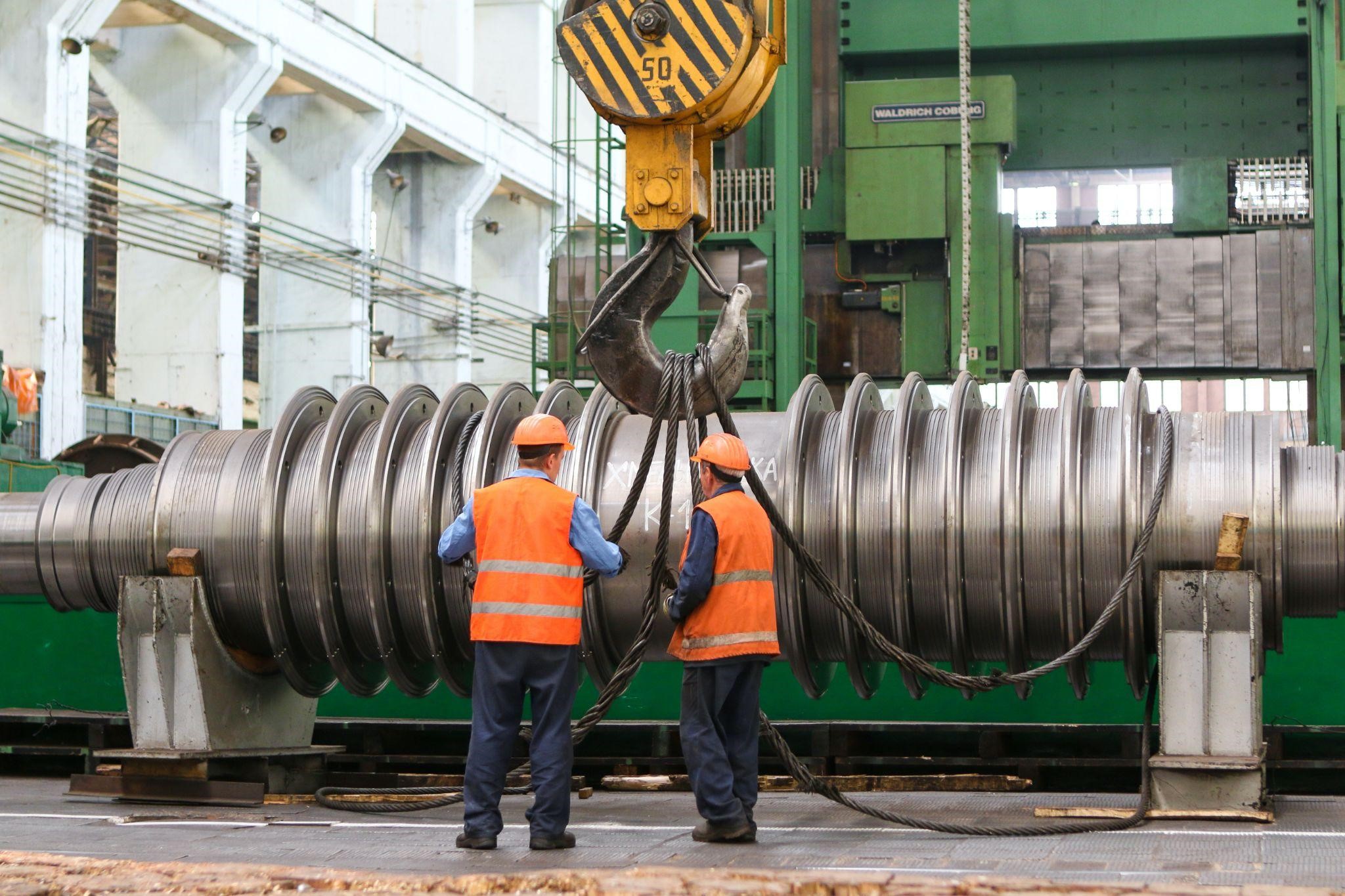In today’s industrial landscape, the role of preventive maintenance is often underestimated.
Yet, a robust preventive maintenance program is vital to the overall productivity and efficiency of any plant or facility. It ensures equipment reliability and reduces the chance of costly downtime due to unexpected breakdowns.
This article sheds light on the steps and considerations in developing an effective preventive maintenance program. So, read on!
Understanding Preventive Maintenance
Preventive maintenance can be seen as the cornerstone of maintenance management. It is the routine, scheduled maintenance of equipment to prevent potential failures before they occur. This practice leads to several significant benefits:
- Reduces sudden equipment breakdowns: Regular inspections and maintenance tasks enable you to identify and fix issues before they escalate to more serious problems. For instance, replacing worn-out parts during a scheduled service prevents more severe damage.
- Increases equipment longevity: By keeping the equipment in optimal condition, preventive maintenance extends the life of your machines. This means fewer replacements and lower investment in new equipment.
- Improves plant efficiency: With less unexpected downtime, your plant operations run more smoothly, improving the overall efficiency of your operations.
Key Elements of a Preventive Maintenance Program
Creating a preventive maintenance program involves several key elements. Understanding these components helps build a solid foundation for your program:
- Maintenance Management: Effective planning and scheduling are crucial in maintenance management. It ensures that maintenance tasks are organized and completed in a timely manner. For example, scheduling a maintenance check when the equipment is idle can prevent production interruptions.
- Maintenance of Equipment: Each piece of equipment requires different maintenance procedures. Understanding these specifics is vital to maintain the equipment’s functionality. In a food processing plant, for example, certain machines might need daily cleaning, while others might require weekly lubrication.
- Plant Maintenance: Preventive maintenance should be a plant-wide strategy. This includes not only production equipment but also HVAC systems, power supplies, and even safety equipment. A holistic approach to plant maintenance ensures that all aspects of your facility are running efficiently.
Steps in Developing a Preventive Maintenance Program
A preventive maintenance program requires several phases. An overview:
- Identification of Equipment: The first step in developing a preventive maintenance program is identifying which machines require regular maintenance. This could range from complex production machinery to simple office equipment.
- Scheduling and Planning: This involves creating a maintenance schedule for each piece of equipment. For instance, certain machines may require weekly maintenance, while others need it quarterly. Proper scheduling minimizes disruptions to production processes.
- Executing Maintenance Tasks: After scheduling, do maintenance chores. Lubricating and replacing worn parts are examples.
- Tracking and Analysis: Lastly, it’s important to keep track of all maintenance activities and periodically review the effectiveness of your preventive maintenance program. This could involve updating a maintenance log or using maintenance management software.
Role of Reliability Assessment in Preventive Maintenance

An essential aspect of a preventive maintenance program that is often overlooked is reliability assessment. In a well-managed maintenance environment, equipment reliability can make a significant difference in plant operations.
A thorough reliability assessment can serve as a proactive measure to identify potential issues, ensuring optimal performance and minimizing unexpected breakdowns.
- Predictive analysis: Predictive analysis is a one-way reliability assessment that can be carried out. For example, by monitoring vibrations in a machine, anomalies that might indicate a future failure can be detected. By addressing these anomalies in advance, equipment downtime can be minimized, and the machine’s reliability is enhanced.
- Regular equipment inspection: Regular inspection is another facet of reliability assessment. For instance, an operator might notice unusual noises from a piece of equipment. If left unchecked, this could lead to a catastrophic failure. However, noting this in a reliability assessment could lead to early intervention, boosting equipment reliability.
- Maintenance history review: Reviewing the maintenance history of equipment can provide insights into its reliability. Suppose a machine frequently requires a specific type of repair. This may signal a problem that has to be fixed to improve equipment reliability. For instance, frequent conveyor belt alignment modifications may indicate installation or operation difficulties.
By integrating reliability assessment into your preventive maintenance program, you can make more informed decisions about maintenance planning and scheduling, ultimately improving equipment reliability and reducing operational disruptions.
The Importance of Training and Communication in a Preventive Maintenance Program
In the context of preventive maintenance, the importance of clear communication and comprehensive training cannot be overstated. An informed and trained maintenance team can perform tasks more effectively, minimizing the risk of errors or oversights that could compromise equipment reliability. This enhances industrial efficiency and safety.
- Training on Equipment Maintenance: Equipment-specific maintenance training should be delivered regularly. For example, if a new high-speed packaging machine is introduced, the maintenance team needs to be familiarized with its components, operational principles, and common issues that may require preventive maintenance. This enables them to identify potential problems early and conduct maintenance tasks accurately.
- Communication about Maintenance Schedules: A well-coordinated preventive maintenance program requires clear and regular communication about maintenance schedules. For instance, if a vital production line is due for a maintenance shutdown, all relevant parties, from production to logistics, need to be informed in advance. This facilitates smooth operation with minimal disruption to the overall workflow.
- Feedback Mechanisms: Open channels for feedback are also crucial. Maintenance personnel, being on the front line, often have valuable insights into potential issues or improvements. For instance, a technician might notice that a certain piece of equipment tends to fail more often just before scheduled maintenance, suggesting the need for more frequent servicing. Capturing and acting on such feedback can significantly enhance the effectiveness of the preventive maintenance program.
By prioritizing training and communication, you can ensure your preventive maintenance program is not just a process, but a culture, where everyone understands their role and contributes to the program’s success.
Final Thoughts
In summary, an effective preventive maintenance program plays a critical role in enhancing equipment reliability and plant efficiency. By implementing a systematic approach to maintenance management, scheduling, and execution, organizations can significantly reduce unexpected breakdowns and extend the life of their equipment.
It is a strategic investment that pays off in the long run, promoting smoother operations and a healthier bottom line.
Read Also:






















